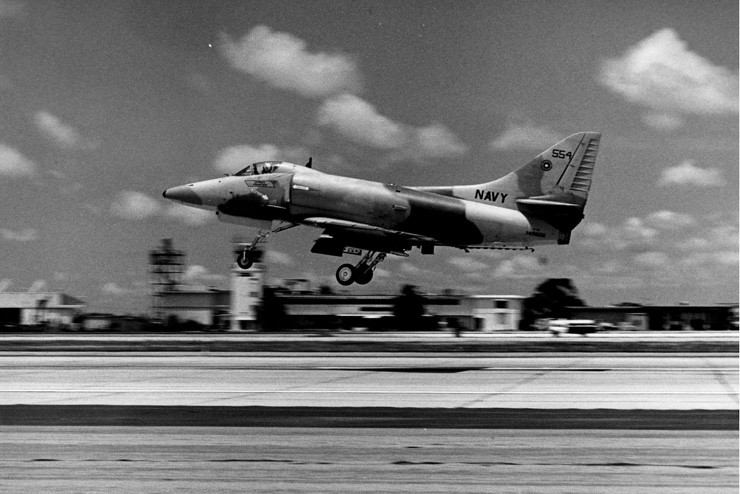January 19 in U.S. military history
Today we honor six Marines killed when their CH-53D Super Stallion helicopter crashed while supporting combat operations in Afghanistan’s Helmand Province on this date in 2012. The fallen: Capt. Daniel B. Bartle, 27, of Ferndale, Wash.; Capt. Nathan R. McHone, 29, of Crystal Lake, Ill.; Master Sgt. Travis W. Riddick, 40, of Centreville, Iowa; Cpl. Joseph D. Logan, 22, of Willis, Texas; Cpl. Kevin J. Reinhard, 25, of Colonia, N.J.; and Cpl. Jesse W. Stites, 23, of North Beach, Md.. They were assigned to Marine Heavy Helicopter Squadron 363, Marine Aircraft Group 24, 1st Marine Aircraft Wing, III MEF, Kaneohe Bay, Hawaii.

1770: The little-known but historically significant Battle of Golden Hill erupts in New York City between members of the patriot organization “Sons of Liberty” and a contingent of British soldiers. The clash begins when the “Sons,” whom the Redcoats had labeled as “the real enemies of society,” snatch a few of the King’s men, who are cutting down wooden “liberty poles” (symbols of resistance against British rule) which the Sons had erected. Redcoats from the nearby barracks respond, and a bayonet charge is ordered. Several are wounded on both sides, and one civilian is killed.
Less than seven weeks before the Boston Massacre, the Battle of Golden Hill is considered by some historians as the first armed clash of the American Revolution.
1862: In southern Kentucky, a Union force commanded by Brig. Gen. George H. Thomas hands the Confederates their first significant defeat of the Civil War in the Battle of Mill Springs – known to Southerners as the Battle of Fishing Creek.
1901: On the Philippine island of Samar, Capt. Hiram I. Bearss and his Marines used bamboo ladders to scale 200-foot volcanic cliffs to attack an enemy stronghold. The Americans braved dozens of guns and numerous deadly traps, such as pits, poison spikes, and boulders suspended from cables which could be dropped on attackers, but surprised and routed the enemy force.
Capt. Bearss is awarded the Medal of Honor for his heroic leadership.
1967: On this day in 1967, A-4 Skyhawk pilot Capt. Michael J. Estocin (USN) earned the Distinguished Flying Cross during aerial combat over North Vietnam. His citation states:
“As the leader of three Shrike-configured aircraft, Captain Estocin was responsible for providing warning, detection, and suppression of hostile surface-to-air missile activity directed at elements of the main strike group conducting a coordinated attack against the Dong Phong Thuong Railroad Bridge north of Thanh Hoa, North Vietnam. He lured the opposing missile sites to direct their fire toward his widely dispersed position by deploying the Shrike aircraft well ahead of the main strike group. During the course of the mission, Captain Estocin broadcast timely and accurate warning of enemy missile firings and personally took under fire two enemy missile site, destroying one and causing significant damage to the radar facilities of the other. He was subjected to heavy and accurate enemy anti-aircraft fire throughout the execution of these attacks. After exhausting his ordnance and at great personal peril, Captain Estocin remained on station to act as a lure in drawing any missile fire away from the remaining strike group. Only when assured that the main strike group was clear of the missile threat did Captain Estocin leave the hostile area.”
In April, Estocin will earn the Medal of Honor (posthumously) for two daring attacks against enemy surface-to-air missile sites.
